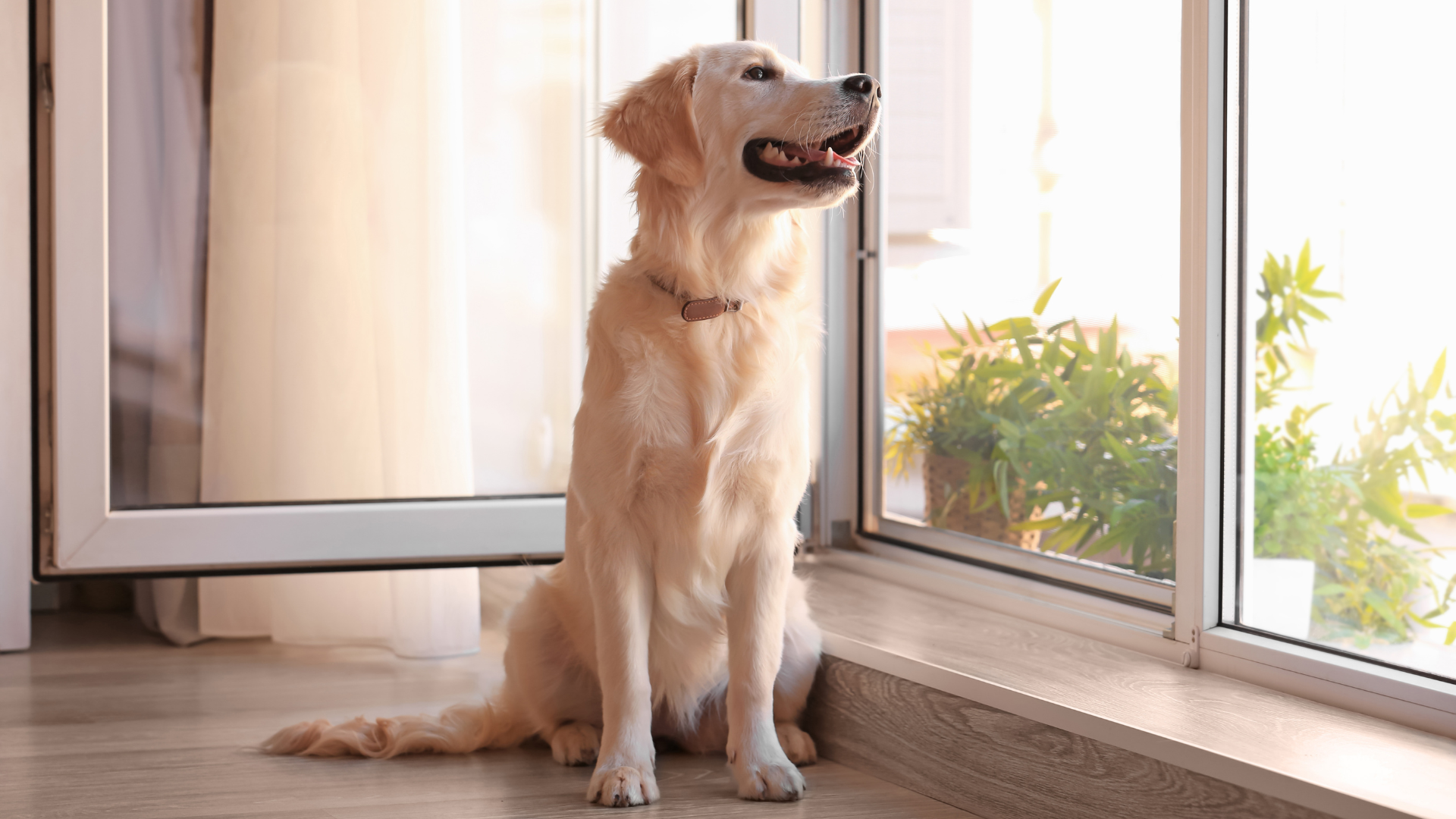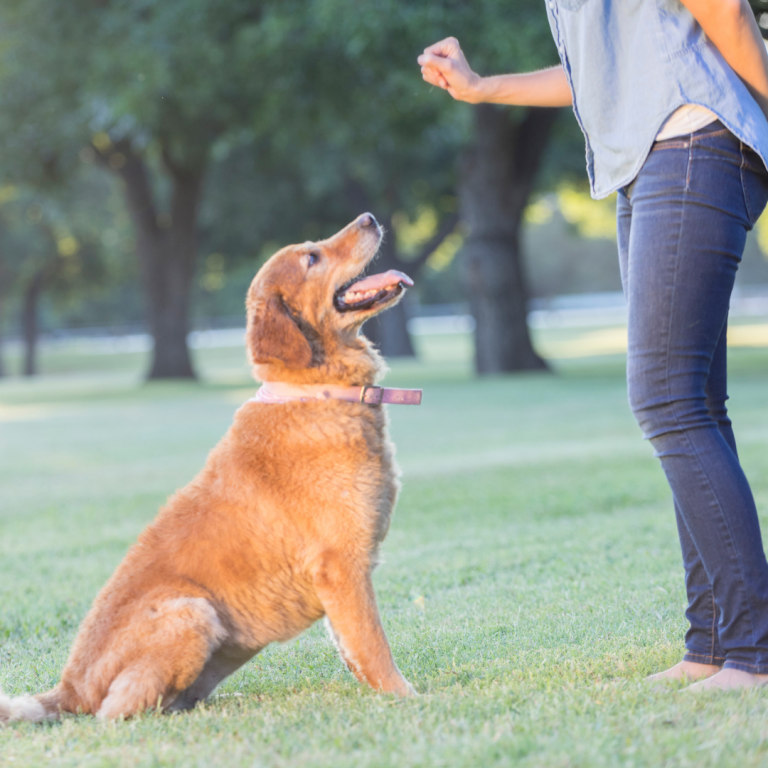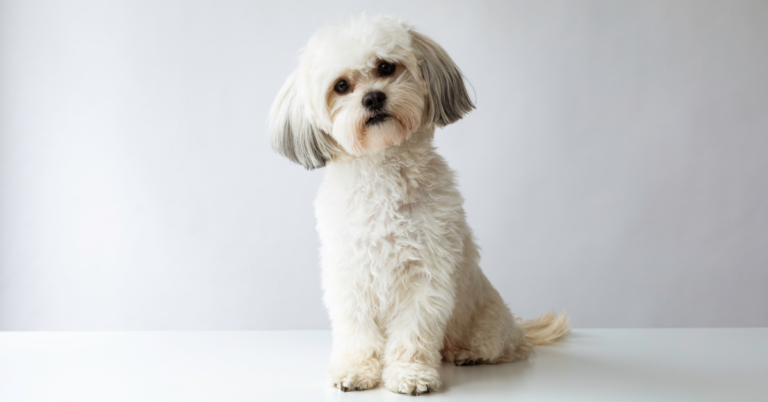Signs Your Dog Might Have Separation Anxiety

Our dogs are our family, they depend on us, and it’s not uncommon for them to experience some emotions when we’re not around. Just like humans, our dogs can feel a little lonely and anxious when we leave them home alone. So, how can you tell if your pup is experiencing separation anxiety? Well, read on, and we’ll delve into the world of doggy emotions!
What’s Separation Anxiety in Dogs?
Before we dive into the symptoms, let’s get on the same page about what separation anxiety in dogs actually is. It’s like that pit-in-your-stomach feeling you get when you’re missing someone dear to you. In the case of dogs, it’s the emotional distress they experience when they’re separated from their favourite human (that’s you!).
Signs Your Dog Might Have Separation Anxiety
- Excessive Barking or Howling: If your neighbors are dropping hints about your dog’s vocal performances, it could be a sign. Dogs with separation anxiety often vocalize their discontentment when they’re alone.
- Destructive Behavior: Coming home to a chewed-up couch, shredded pillows, or gnawed door frames isn’t fun. Dogs with separation anxiety may resort to destructive behavior as a way to cope with their loneliness.
- Potty Problems: Is your potty-trained pooch suddenly having accidents indoors? This could be a sign of anxiety. Some dogs lose control of their bladder or bowels when anxious.
- Pacing and Restlessness: If your dog paces around nervously or seems restless when you’re getting ready to leave, it’s a strong indicator of separation anxiety. They can sense it’s about to happen.
- Excessive Drooling and Panting: A dog that drools more than usual or pants excessively when left alone may be experiencing anxiety. These physical signs can be quite telling.
- Attempts to Escape: Some dogs become escape artists when they’re anxious. They might try to dig under fences, scratch doors, or jump out of windows to reunite with their humans.
- Velcro Dog Syndrome: This is when your pup sticks to you like glue when you’re home. While it’s not a sign of separation anxiety on its own, it can be related. Your dog might be extra clingy because they fear being left alone.
- Depression and Lethargy: Dogs with separation anxiety can become lethargic and mopey. If they seem down in the dumps when you’re not around, it’s time to pay attention.
- Refusing to Eat: Some dogs with separation anxiety lose their appetite when alone. This can be a subtle sign, but it’s still important to watch for changes in their eating habits.
What to Do If Your Dog Shows These Signs
If you’ve noticed a few of these symptoms, don’t fret! There are steps you can take to help alleviate their separation anxiety. Get in touch with me asap and we can get started helping your dog and fixing the problem.
Remember, it’s essential to be patient and understanding when helping your dog through separation anxiety. It’s a tough experience for both you and your furry friend, but with time and care, you can make it easier for them to be content when you’re not around.
So, if your dog is showing signs of separation anxiety, don’t worry! You’re not alone, and there’s a lot you can do to help them feel more at ease. Your pup will thank you with those heartwarming tail wags when they realize you’re not gone forever! 🐾💕
Tags
What do you think?
Related Articles

Helping Anxious Dogs Thrive in Urban Environments: The Power of Pattern Games
Urban Anxiety in Dogs Transitioning from a rural to an urban environment can be overwhelming for many dogs. The constant noise, unfamiliar sights, and bustling

Shopping List!
These are items I personally recommend as a dog trainer and think your pups will absolutely love.

Learn to Earn
Are you looking for a way to build a stronger, more respectful bond with your dog? Dr. Sophia Yin’s Learn to Earn Program is a
